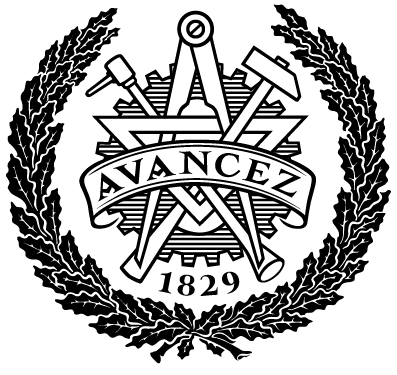Evaluation of wheel torque coordination strategies for heavy battery electric vehicles
| dc.contributor.author | Joy, Simran | |
| dc.contributor.author | Lawrence, Abner Ankit | |
| dc.contributor.department | Chalmers tekniska högskola / Institutionen för mekanik och maritima vetenskaper | sv |
| dc.contributor.department | Chalmers University of Technology / Department of Mechanics and Maritime Sciences | en |
| dc.contributor.examiner | Jacobson, Bengt | |
| dc.contributor.supervisor | Janardhanan, Sachin | |
| dc.date.accessioned | 2025-11-14T12:38:31Z | |
| dc.date.issued | 2025 | |
| dc.date.submitted | ||
| dc.description.abstract | With the rapid evolution of technology and growing environmental concerns, the demand for electric vehicles has increased significantly. The main challenge for a heavy battery electric vehicle is to combat the efficiency and load carrying capacity on different kinds of roads (country roads and highway) ranging from a tarmac road with high coefficient of friction to a low friction road. Modular E-axles such as cruise and startability axles have been introduced in this research with different types of electric machines and gear ratios to make it a reliable, cost efficient and effective setup for achieving a higher driving range along with less power losses. The different types of power losses that have been considered in this study are drivetrain losses, longitudinal tyre slip losses, rolling resistance losses, friction brake losses. However, only the drivetrain losses have been minimised in this work. Three different kinds of wheel torque coordination strategies have been discussed in this thesis for allocating force/torque requests to the actuators (electric machine, brakes) in order to evaluate the energy savings for different types of trucks. Out of the three strategies, two of them are based on power loss minimisation and is compared to the third strategy where equal friction is achieved at the wheels. The performance of these strategies were evaluated using real world driving cycles. However, the primary challenge lies in determining the optimal balance between energy efficiency and the vehicle’s safety factor. Different methods like finding the lateral margins, friction circles of the tyres at the axle level have been formulated and implemented in order to find a safety metric. This thesis aimed to identify an optimal energy-efficient strategy while also defining a suitable safety metric. | |
| dc.identifier.coursecode | MMSX30 | |
| dc.identifier.uri | http://hdl.handle.net/20.500.12380/310744 | |
| dc.language.iso | eng | |
| dc.setspec.uppsok | Technology | |
| dc.subject | Wheel torque coordination strategies | |
| dc.subject | heavy battery electric vehicles | |
| dc.subject | load carrying capacity | |
| dc.subject | power loss | |
| dc.subject | electric machines | |
| dc.subject | friction brakes | |
| dc.title | Evaluation of wheel torque coordination strategies for heavy battery electric vehicles | |
| dc.type.degree | Examensarbete för masterexamen | sv |
| dc.type.degree | Master's Thesis | en |
| dc.type.uppsok | H | |
| local.programme | Mobility engineering (MPMOB), MSc |
